While whammy pedals and wah-wah pedals may look similar to a beginner, they’re completely different. They both feature an expression pedal but their features and construction are disparate.
In simple terms, a wah pedal is an envelope filter that oscillates between mid-low and mid-high frequencies. A whammy pedal, on the other hand, is a digital pitch-shifting device that duplicates the signal and then changes the sampling rate to raise or lower the pitch depending on its configuration.
The only similarity between the two pedals is they both have an expression pedal.
What Is the Primary Difference Between A Wah-Wah and Whammy Pedal?
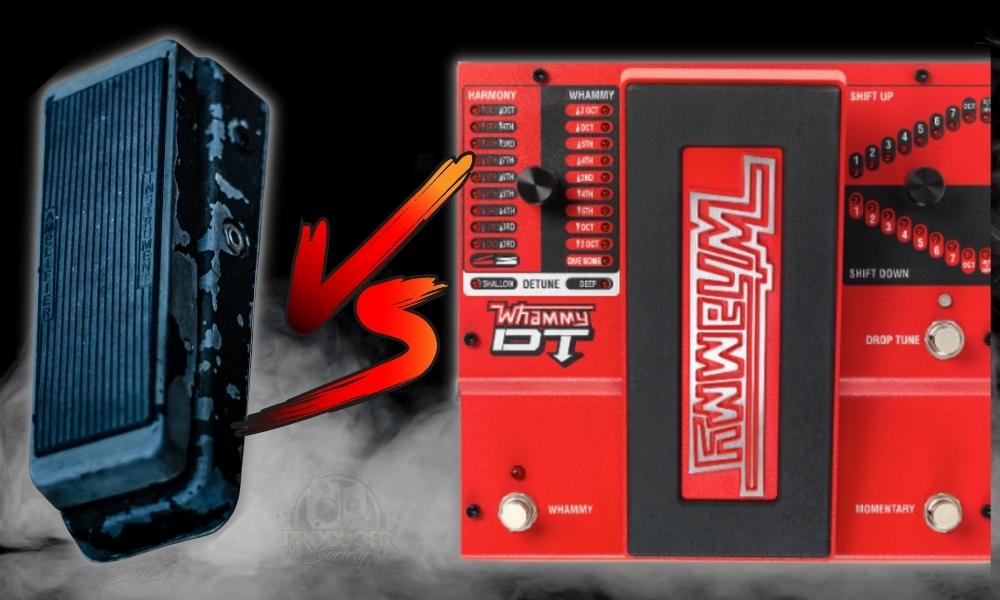
1) A Wah-Wah Is An Envelope Filter & A Whammy Pedal is a Pitch-Shifter
How the Wah-Wah Pedal Works
This YouTube video shown above does a great job of demonstrating precisely how the wah-wah pedal acts as a frequency band-pass filter or an EQ filter.
He uses a spectrum analyzer and white noise because, with white noise, there are audible frequencies across the entire spectrum. In case you didn’t know, a guitar’s predominant frequencies exist between 500Hz and 2000Hz.
Whenever you rock the wah-wah pedal back so it’s fully open, you’re rolling off the higher frequencies which essentially acts as a low-pass filter, in the sense that you’re attenuating or lowering the higher frequencies.
This is why when you fully open the wah pedal while you’re playing, you get a muffled, undistinguished, muddy, and low-end sound. The same thing goes for when you close the wah pedal, except it has the opposite effect.
Rather than creating a low-pass filter (which cuts out the high frequencies), you create a high-pass filter (which cuts out the lower frequencies). This is why when you fully close the wah pedal while playing, you get treble, high-end, sharper sounds.
How the Whammy Pedal Works
Probably due to its age relative to the wah-wah pedal, there isn’t a lot of information on how the DigiTech Whammy Pedal Droptune actually works. What I do know about it though, is that unlikely the wah-wah pedal, it’s entirely digital.
In simple terms, the DigiTech Whammy Pedal Droptune duplicates a digital copy of your guitar tone and then stretches it out by increasing or decreasing the sample rate (this can get quite scientific, so I recommend checking out this page if you want to learn more).
Similar in principle to how stretching tape on a tape machine works, the pitch will increase if you’ve made it shorter or decrease if you’ve made it longer.
Because the Whammy pedal is digitally based, a lot more can be done with it – I covered all of its features in my guide.
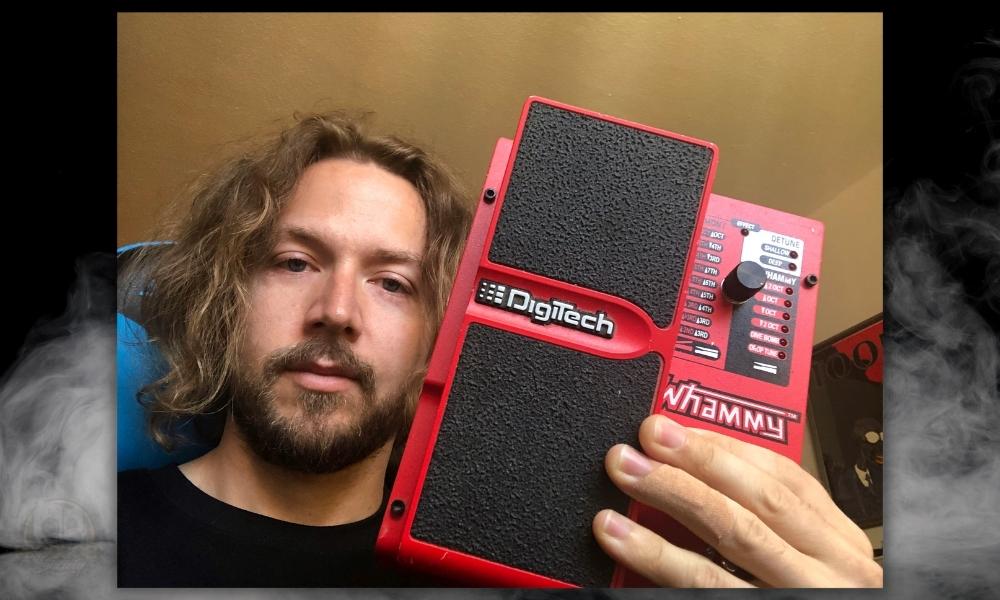
For instance, the Whammy Pedal Droptune can – as the name suggests – drop tune your guitar/bass signal by semitones, it can act as a harmonizer, and it can wildly shift the pitch of your original signal by 2 octaves, up or down (I’ve compared it to similar devices before).
The same thing goes for digital audio workstations compared to classic tape machines, by the way. There was a time when people still preferred tape and analog devices because they sounded so much better than digital.
However, digital has improved a lot over the last 2 decades. The other major similarity between the two pedals has to do with the pedalboard and signal chain placement (more on that in this guide).
Most guitarists will put the Whammy pedal and wah pedal at the front of their signal chains. You can see that in the image of Tom Morello’s pedalboard which is shown down below:
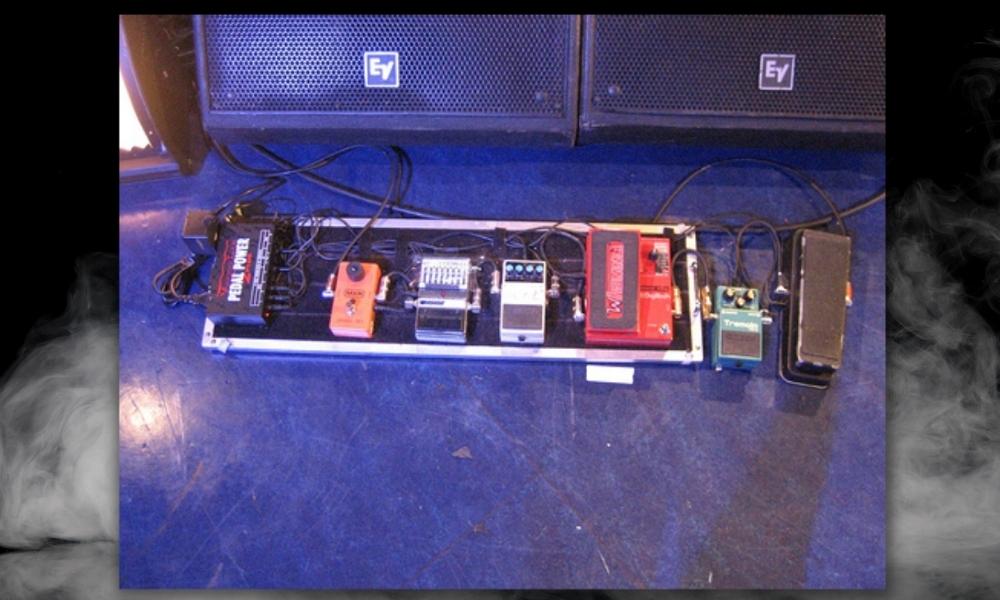
What Are The Other Differences Between Whammy and Wah-Wah Pedals?
1) The DigiTech Whammy Is Also A Harmonizer
![Drop Tune - How To Use A Digitech Whammy Pedal [The Ultimate Guide]](https://travelingguitarist.com/wp-content/uploads/2022/06/Drop-Tune-How-To-Use-A-Digitech-Whammy-Pedal-The-Ultimate-Guide.jpg)
As I said earlier and in my guide which I previously linked to, the DigiTech Whammy pedal has a broad list of harmonization settings that you can use, including octave harmonization and also harmonies of 3rds, 4ths, 5ths, 6ths, and 7ths.
This is totally unlike the standard wah pedal which cannot do things like this at all because it’s an EQ sweeping pedal or an envelope pedal, and not a pitch-shifter.
2) The Wah Pedal Is Analog – The Whammy Is Digital
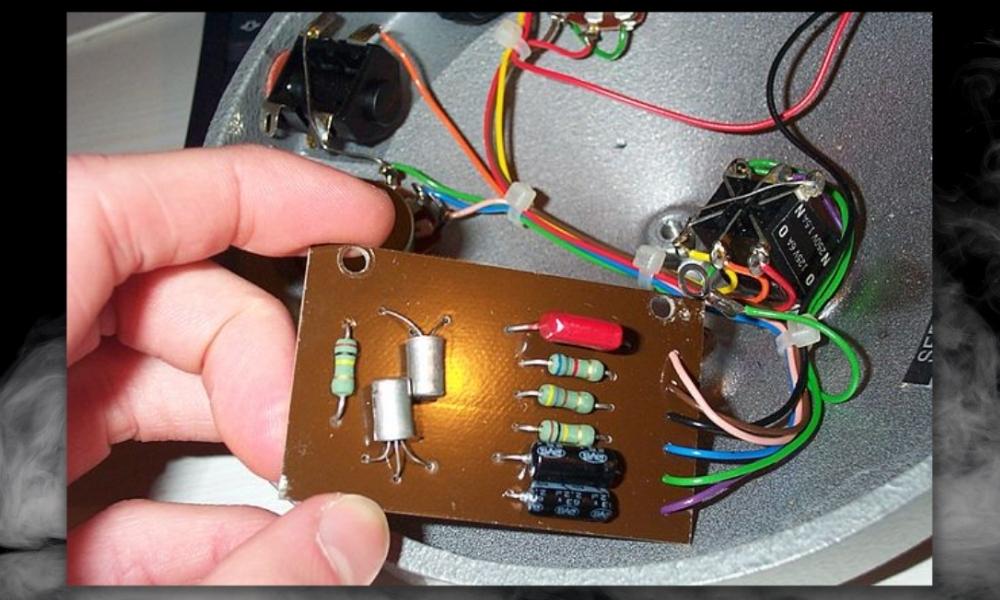
From what I understand, wah-wah pedals are analog pedals and they remain this way to this day. I imagine there are digital versions of the classic wah pedal, but they are analog with traditional hardwiring and circuitry.
This is one reason why wah pedals tend to sound a lot better with 9V carbon-zinc batteries which I talked a bit more about in this guide. Whammy pedals, especially the DigiTech ones, exclusively use a “wall-wart” power supply.
3) The Wah Pedal Is Much Older Than The Whammy
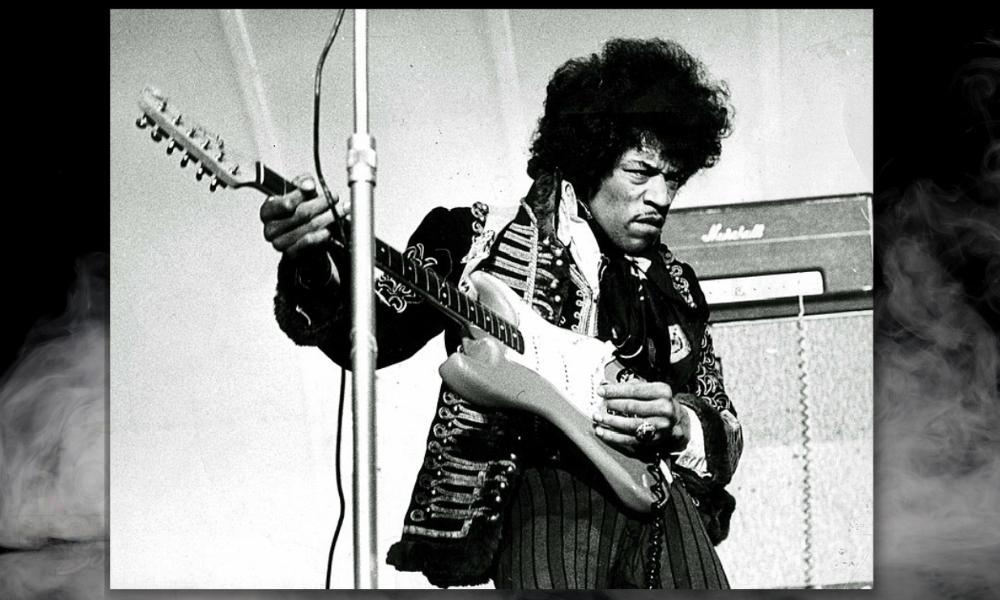
Related to the previous point on the list, wah pedals have been around for much longer than Whammy pedals. I believe the first Whammy pedal was released by a company named IVL Technologies even before DigiTech in 1989.
Then DigiTech bought the rights to it and upgraded it with better marketing. Since then DigiTech has come under new ownership as well, but the pedals are still being made by their new owners and under the same product name and everything.
4) The Whammy Pedal Is Usually More Expensive
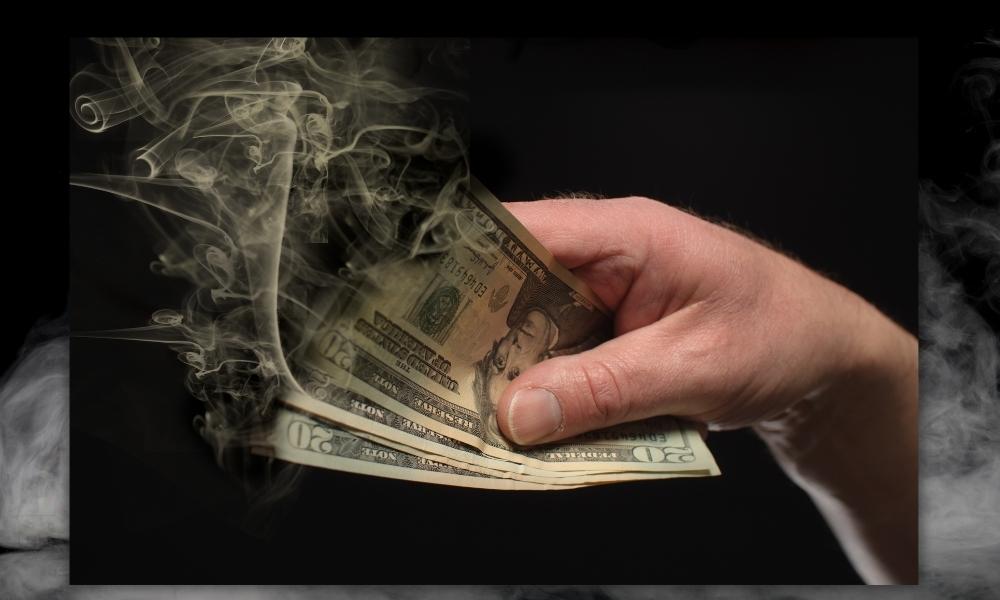
Wah pedals can actually be quite inexpensive. For instance, the Electro Harmonix Wailer Wah won’t set you back too much.
Of course, you can pay for the specialty artist ones and wah pedals with extra bells and whistles, but for the most part, wah pedals won’t cost a lot of money. Especially if you get the classic one like the GCB-95 Crybaby Wah.
5) Many Manufacturers Make Their Own Version of The Wah
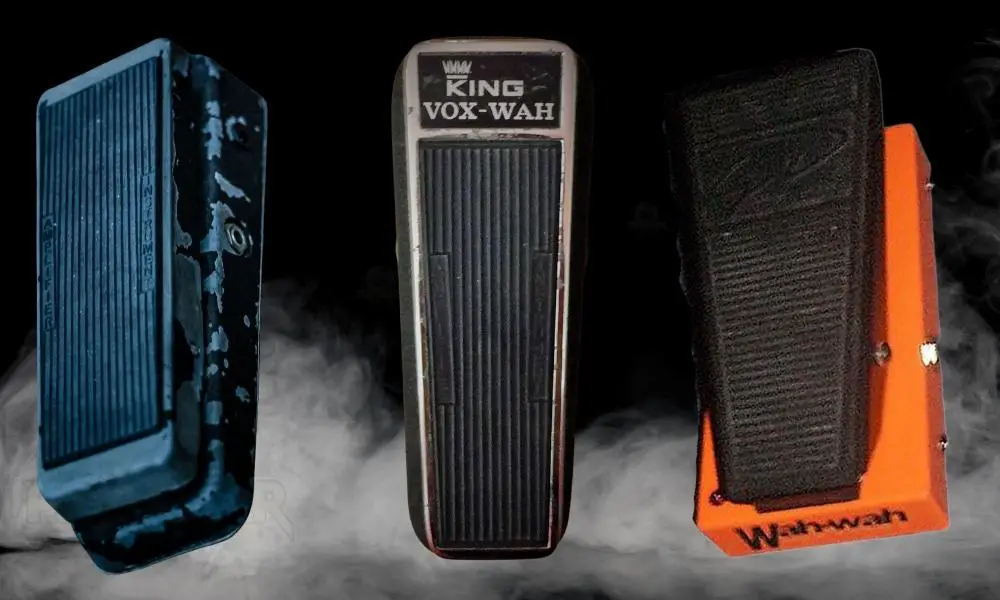
The wah pedal, probably because of its popularity and longevity, has many different manufacturers. While I’m sure there are some companies that make their own version of the DigiTech Whammy pedal, most people think of DigiTech as the primary model.
The Wah pedal comes in many forms though. Dunlop makes the most popular version, but VOX has been around for I think even longer, and then you have the Morley Wahs, and Wahs made by Electro Harmonix and other companies.
6) A Lot More Can Be Done With The Whammy Pedal
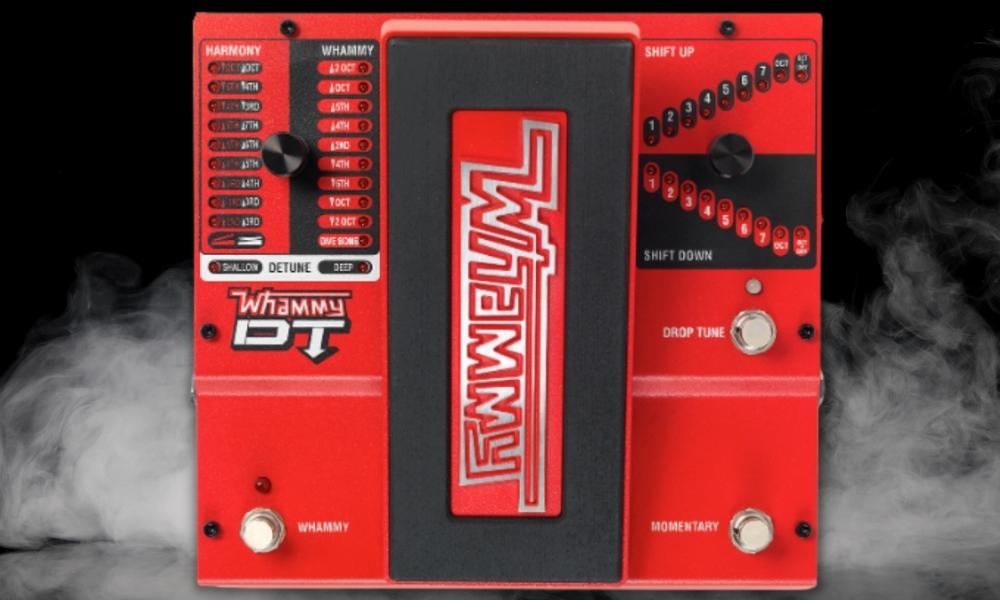
I currently own a DigiTech Whammy Pedal (version 4), but I got rid of my wah-wah pedal years ago for some reason. I regret it now. What I can say is that the Whammy Pedal Droptune is more of a comprehensive device that can do a lot more than the wah.
At the end of the day, the wah-wah pedal acts very similarly to an EQ sweep. The DigiTech Whammy pedal is more versatile as a pitch-shifter, harmonizer, and drop-tuning device and you can use it in many ways.
Important Things to Note About Wah-Wah and Whammy Pedals
1) Both Are Not As Popular As They Once Were
Although this is of tertiary importance, I think it’s worth stating that both of these pedals are not very popular anymore. The stompbox market is on fire, but it appears that the DigiTech Whammy is a bit out of style.
There was a time period between 1990 and 2005 or so when the pedal was on fire and nearly everyone used it for at least one song, but these days, not a lot of people use it.
The wah-wah is more of a tried and true device that has stood the test of time. This could also mean there is fertile ground for a comeback though, so keep that in mind.


 Written By :
Written By :
